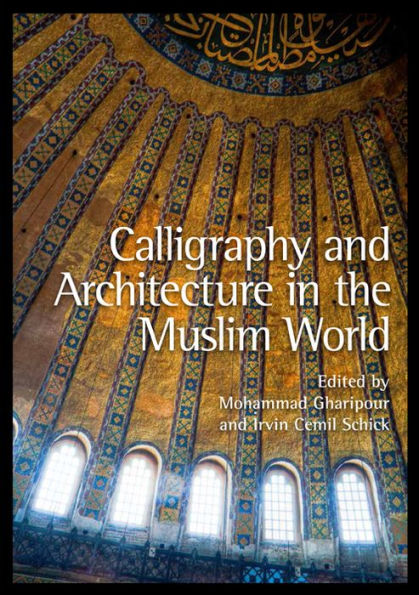Calligraphy and Architecture in the Muslim World
This major reference work covers all aspects of architectural inscriptions in the Muslim world: the artists and their patrons, what inscriptions add to architectural design, what materials were used, what their purpose was and how they infuse buildings with meaning. From Spain to China, and from the Middle Ages to our own lifetime, Islamic architecture and calligraphy are inexorably intertwined. Mosques, dervish lodges, mausolea, libraries, even baths and market places bear masterpieces of calligraphy that rival the most refined of books and scrolls.
"1116121639"
Calligraphy and Architecture in the Muslim World
This major reference work covers all aspects of architectural inscriptions in the Muslim world: the artists and their patrons, what inscriptions add to architectural design, what materials were used, what their purpose was and how they infuse buildings with meaning. From Spain to China, and from the Middle Ages to our own lifetime, Islamic architecture and calligraphy are inexorably intertwined. Mosques, dervish lodges, mausolea, libraries, even baths and market places bear masterpieces of calligraphy that rival the most refined of books and scrolls.
185.0
In Stock
5
1

Calligraphy and Architecture in the Muslim World
544
Calligraphy and Architecture in the Muslim World
544Hardcover
$185.00
185.0
In Stock

Product Details
| ISBN-13: | 9780748669226 |
|---|---|
| Publisher: | Edinburgh University Press |
| Publication date: | 12/09/2013 |
| Pages: | 544 |
| Product dimensions: | 10.10(w) x 11.70(h) x 1.40(d) |
About the Author
What People are Saying About This
From the B&N Reads Blog
